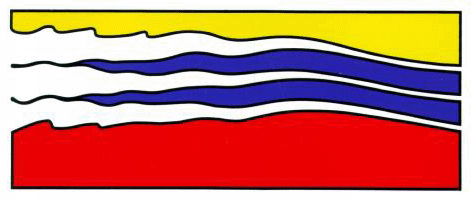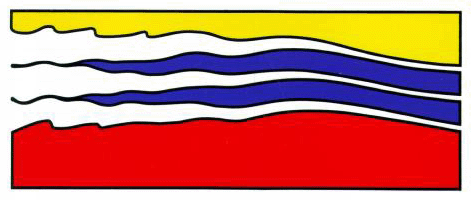
4111 Monarch Way, 3rd Floor
Old Dominion University
Norfolk, VA 23508
757-683-4940


Single-species and ecosystem approaches to fisheries are often
presented as being diametrically opposed. I will use the example of
the U.S. Atlantic sea scallop fishery to show how these two approaches
can be viewed as being complentary. The history of this fishery can be
divided into three stanzas: first, the period when the fishery was
developing, then a period characterized by long-term declines in biomass
and catch rates due to overfishing, and finally recovery after effective
controls were established, including limits on fishing effort, and
rotational as well as long-term fishery closed areas. I will then
discuss environmental influences on sea scallop population and fisheries
dynamics, including the role of predators, food supply, larval
transport, climate and acidification.
Dvora Hart received a B.S. fromt he University of Chicago, and a Ph.D. from the California Institute of Technology, and has been a research scientist at the Northeast Fisheries Science Center in Woods Hole, MA since 1999. Her research interests inlcude mathematical and theoretical ecology, as well as quantitative fisheries science.

|
Innovation Research Park Building I 4111 Monarch Way, 3rd Floor Old Dominion University Norfolk, VA 23508 757-683-4940 |

|